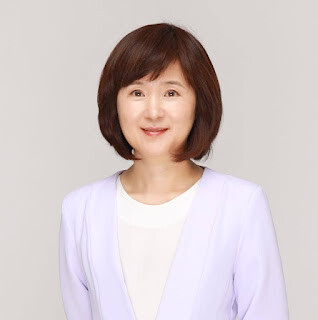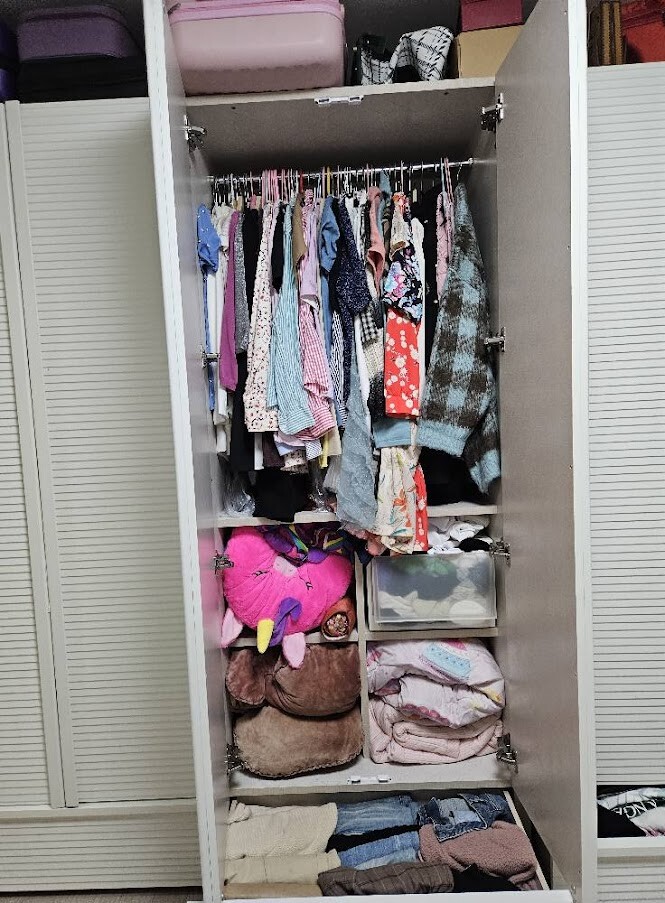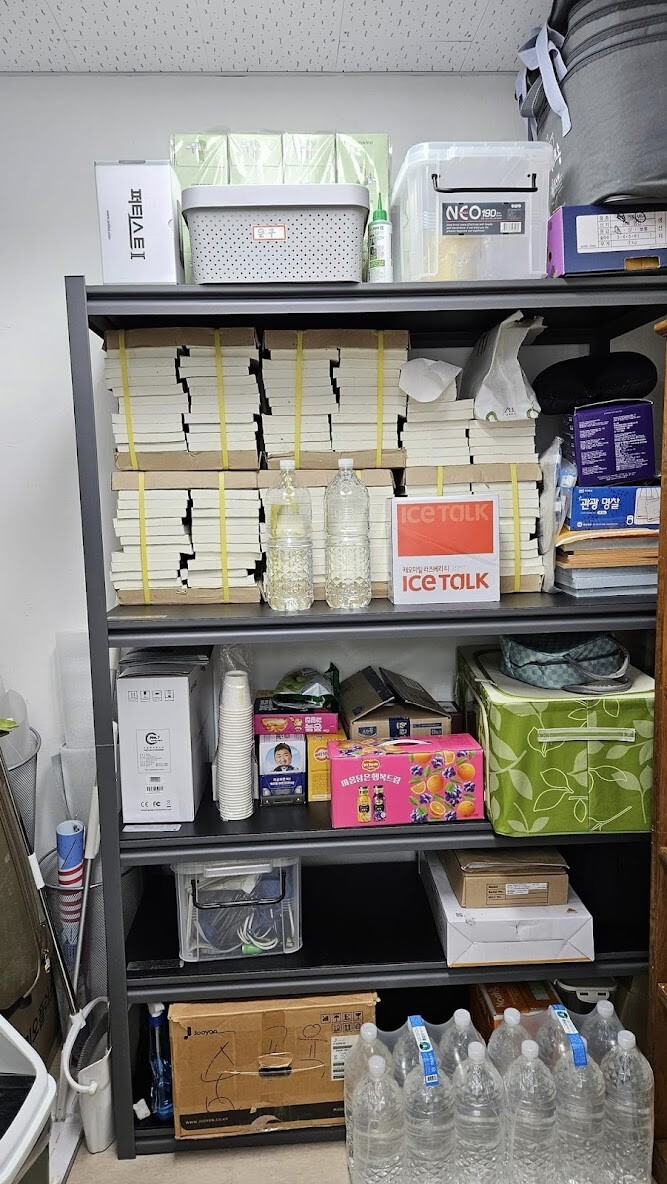
[GLOBAL ECONPMIC TIMES] Recently, as environmental problems have become more serious, interest in minimal living has been increasing. Minimal living, which involves reducing unnecessary items and living with the minimum, can improve a person's quality of life while contributing to the protection of the environment.
As clothing waste becomes a serious problem around the world, an increasing number of people are taking the initiative to protect the environment through minimalist lifestyles. In particular, Kwon Sook-hyeon, an organized storage expert, suggests practical ways to protect the environment with the belief that “the end of organized storage is love for the environment.”
Ms. Kwon said, “Minimal living is living with only the essentials,” and emphasized that reducing unnecessary items can improve the quality of life while contributing to the environment. In her experience, she said, "I threw away over 170 items just by organizing my closet" and "a virtuous cycle was created where I organized my own home while organizing other people's homes."
However, she emphasized that minimalist living is not just about throwing things away. She said, “The point of organizing and storing is to love the environment,” and said it is important to recycle or use items for other purposes instead of using them for a long time and then throwing them away. For example, instead of throwing away clothes, methods such as using them as kitchen rags or cleaning products or recycling plastic packaging were suggested.
Expert Sook-Hyeon Kwon presented three things we do for the environment in our daily lives. First, use a reusable cover instead of cling film, second, use a stainless steel pan instead of a long-coated pan, and third, use a reusable plastic container instead of a bag with zipper.
She emphasized that these small actions can add up to a big difference, and said that it is important to endure discomfort and make efforts for the environment.
Expert Kwon Sook-hyeon emphasized that the most discarded item during organization and storage is clothing. She said, “I once visited a house where a closet was full of fabrics,” and it made me think deeply about the environmental impact of throwing away clothes.

She realized that the point of organizing and storing is to love the environment, and began looking for ways to use and recycle items for a long time beyond simply throwing them away. We participate in protecting the environment through small actions such as cutting clothes with scissors and using them as kitchen towels, or using long-lasting frying pans instead of coated pans.
Expert Sook-Hyeon Kwon suggested the “333 exercise” as a way to practice minimalist living. Exercise 333 is an exercise that aims to decorate with 33 items of clothing during a season. She explained: “The number 33 can be established differently for each person, and the important thing is to reduce the items and live simply.”
Expert Sook-Hyeon Kwon is taking small steps for the environment, such as reducing the use of plastic wrap, coated pans, and resealable bags in her daily life. She emphasized: “We may have to endure some inconveniences, but it is the responsibility of all of us to protect the Earth for future generations.”
Minimalist living goes beyond simply reducing things and is the first step towards sustainable and environmentally conscious living. Through the story of expert Kwon Sook-Hyeon, we once again realize that small actions can come together to create big changes.

[Copyright (c) Global Economic Times. All Rights Reserved.]






























